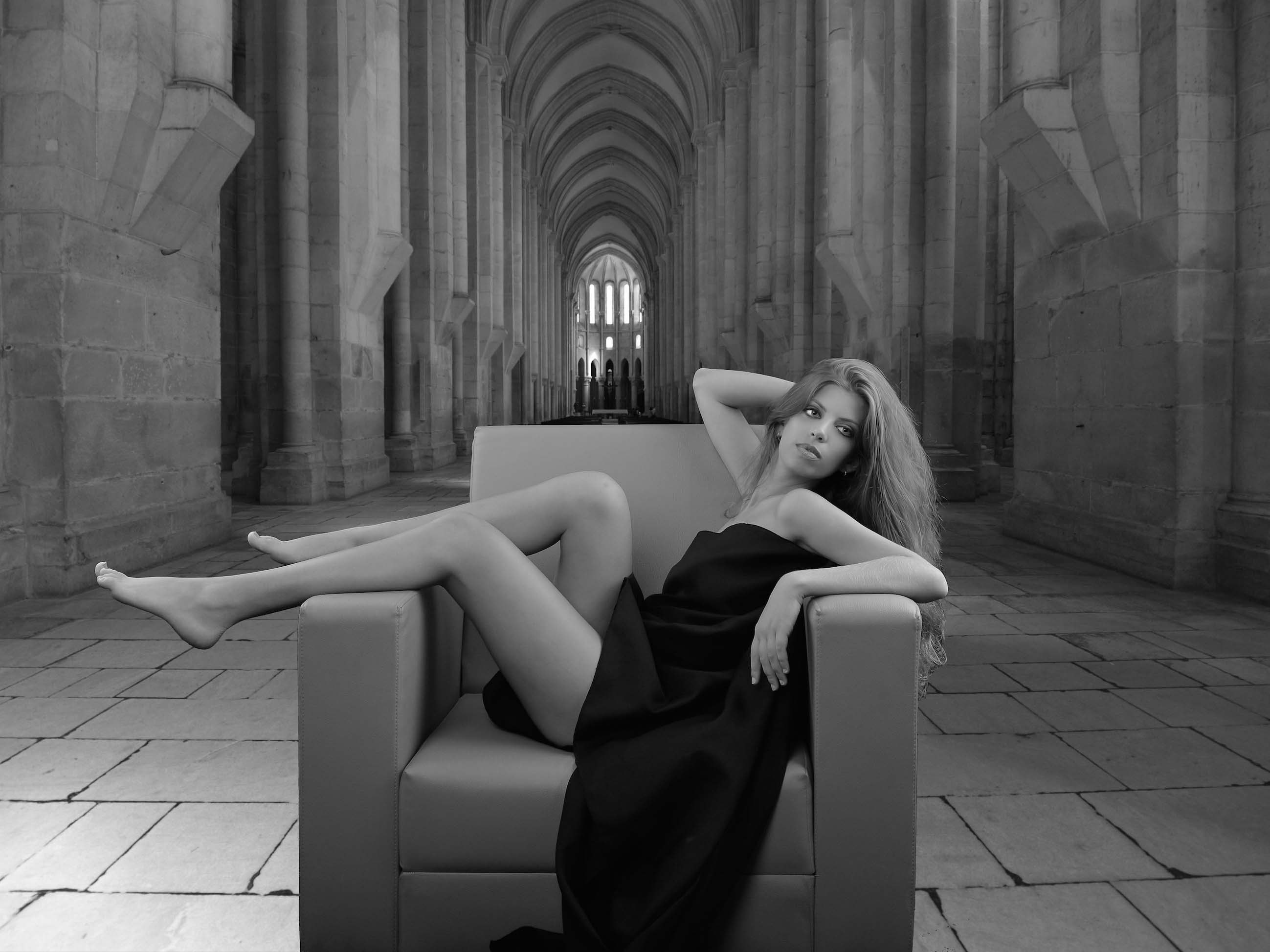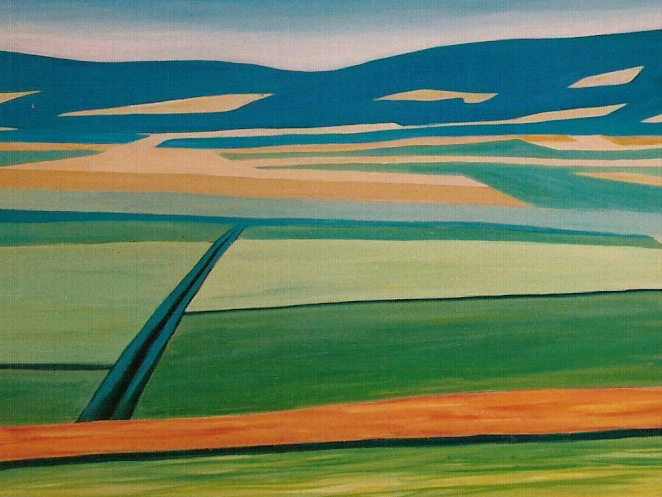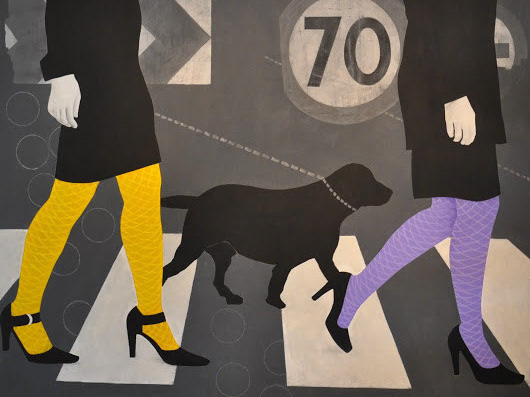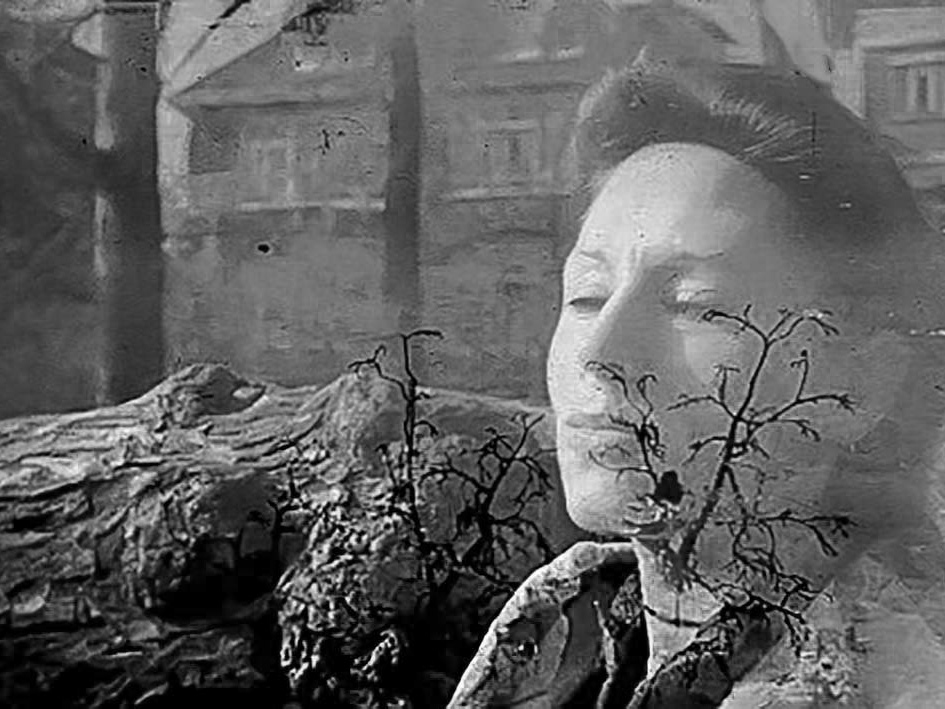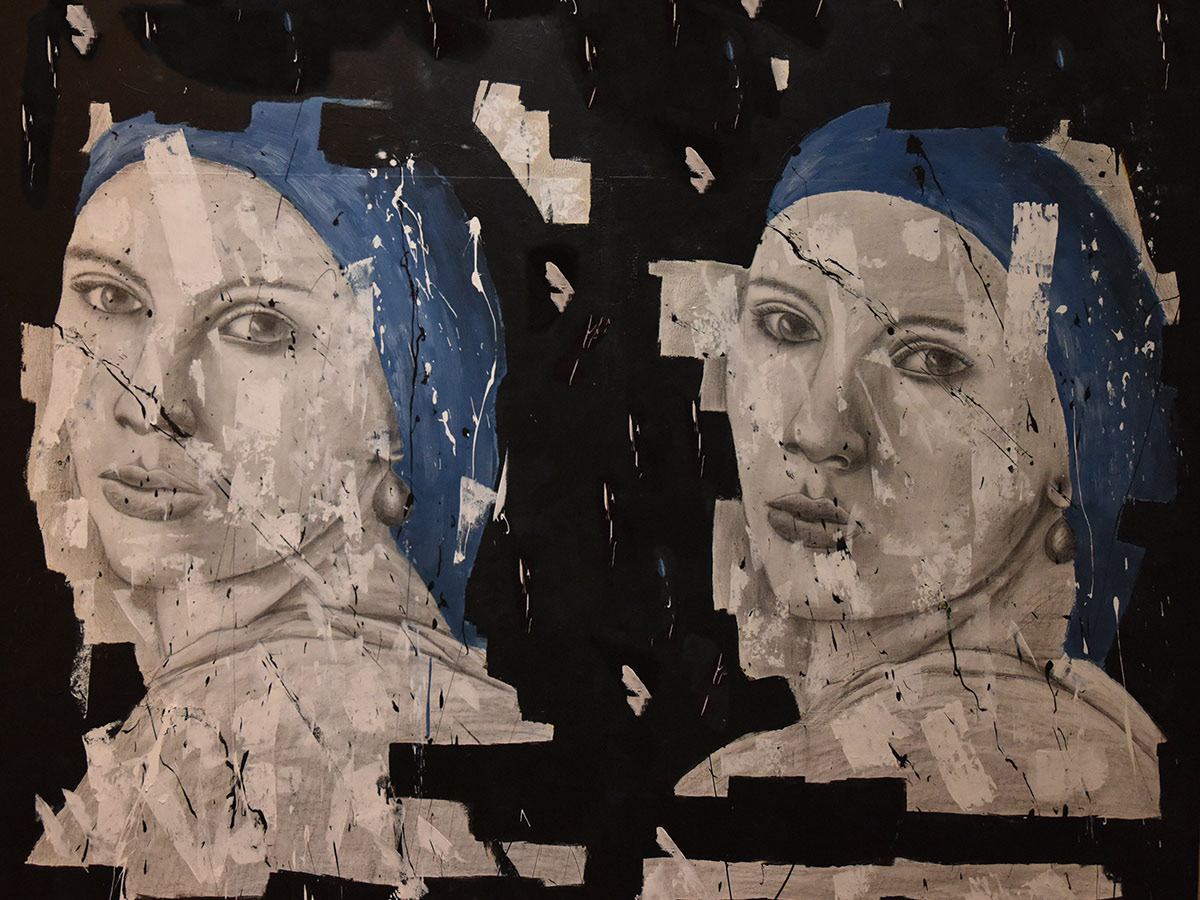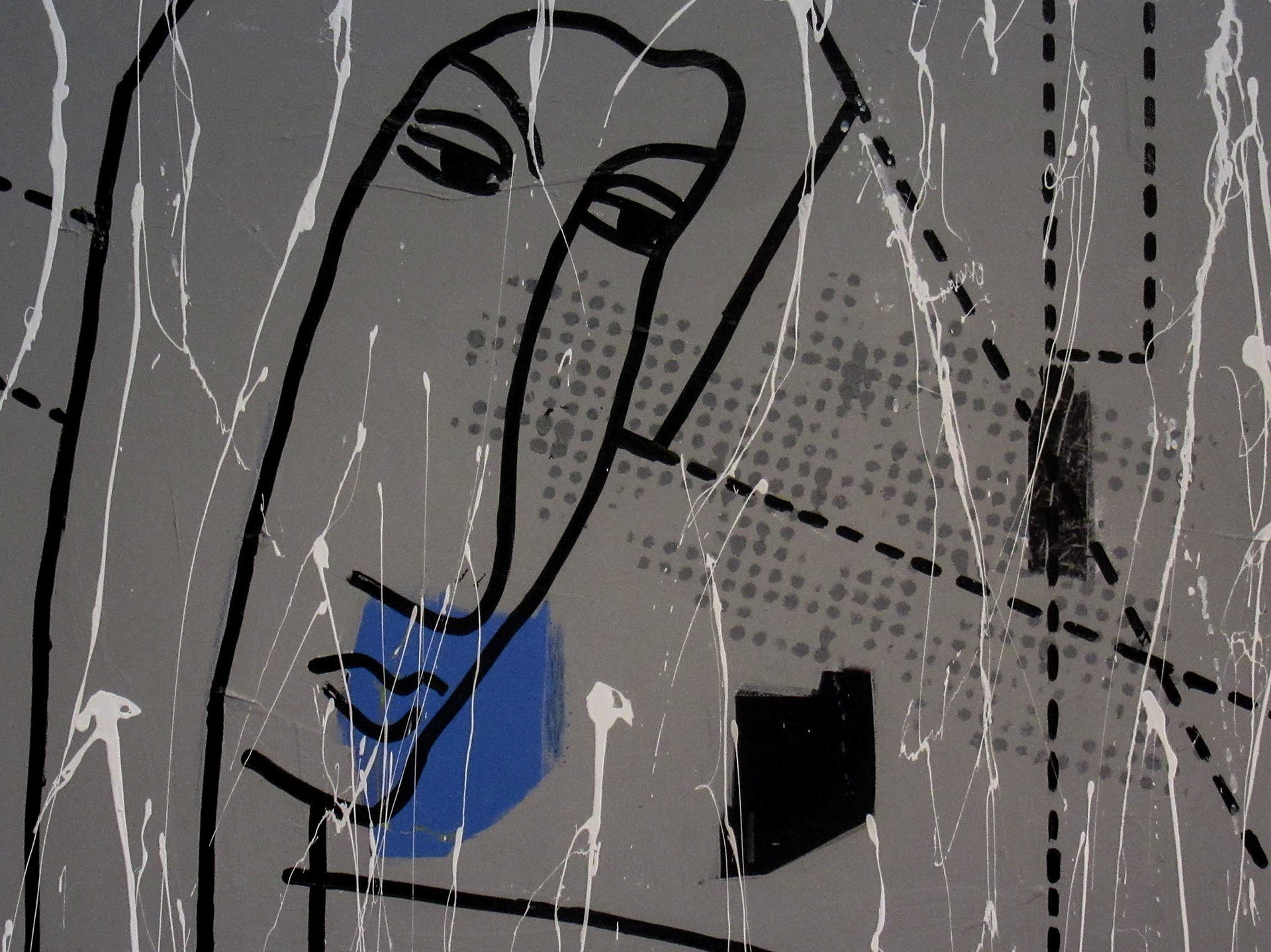Faces and figuration
In the sixties and the seventies decades arises in the world of the visual arts a movement called New Figuration. Emerging young artists from various countries, rejecting the minimal and the conceptual art and even the abstractionism, handed themselves, with strong conviction, over to a new artistic expression, exploring in a firmly way, the human figure and everything that could be related to her. That movement represented an assumption of the figure as the essential subject being used in the configuration of their artworks. The artist, in a moment of conscious decision making, and taking over a new perception about the world around him, goes, in a critical manner and in multiple ways, to assume a new figurative expression around the quotidian and popular subjects and the socio-political and cultural contents.
This new post abstractionist figuration took various denominations: Figuration Libre, the New Expressionists, the New Fauves, the Bad Painting, the Transvanguarda, and is legitimate to include, also here, the Art Graffiti. These vanguards, that followed themselves very rapidly and in diverse countries, made to emerge prominent artists, namely: the Germans Georg Bazelitz, Jorg Immendorf, A.R. Penck, Anselm Kiefer and Markus Lupertus, the Italians Enzo Cucchi, Sandro Chia, Francesco Clemente, Mimmo Paladino, The Greek Janis Kounelli, the Americans Eric Fishl, Julian Shnable, Keith Haring and Jean Michel Basquiat, the French Hervé di Rosa, Robert Combas Remi Blanchard and Blek Le Rat and the Dutch Rob Scholte and Herman Brood.
A new generation of artists, wanting to express a reaction against the conceptual and the minimal art, initiate a return to the use of the brushes, the acrylics, the spray canes and the canvas, creating a new aesthetical conception of the figurative art, bringing a personal and free expression to this new artistc language.
Pintomeira entered this New Figuration in the beginning of the 90s decade, producing the theme Contours. These artworks are strongly figurative, depurated and stylized, being characterized by the large outlines and a particular chromatic intensity. It is not over his Contours phase that we are going to analyze here but, is the theme Faces that Pintomeira created between 2003 and 2010 that is now in order. In the early years, these artworks could be summarized to some simple drawings and acrylics of faces, mostly female, both on cartoon, and elaborated in fast and simple lines. As Pintomeira produced the New Line between 1999 and 2007, we can simply conclude that he was, during four years, simultaneously, working on two themes. Considering that those first Faces were still an experimental work, in fact, in that period, the greatest relevance was given to the theme New Line constituted by acrylics and mixed media works painted on large canvas. Only from 2007, once finished the New Line series and until 2011, the theme Faces occupied, assumedly, his studio space. These paintings were now much more elaborated, also on large canvas and showing us a new composition and imagetic configuration. The background, brought generally on gray tones, sustains fields built in layers upon layers of primary colors, complementary or of the same family, and completed by continuous or dashed lines, geometrics figures, spots and drippings of gestualism, displaying an abstract expression to an area where was going to arise the fundamental and identifying subject of the Faces theme. Over that pictorial surface, of abstractionist style, are drawn the stylized, mannerist, and large Faces, brought by brushstrokes of robust, and energetic black lines. These enormous faces drawings, female or androgynous, resemble the Renaissance Madonna’s of Rafael or of Sandro Botticelli, with a contemplative and merciful appearance, thinking of Stabat Mater Dolorosa.
Pintomeira, that had built already a classical figurative imagetic during his surrealist period, bring us now Faces, painted in a free and personal signature, situated inside the frontiers of the New Figuration or the Figuration Libre.
